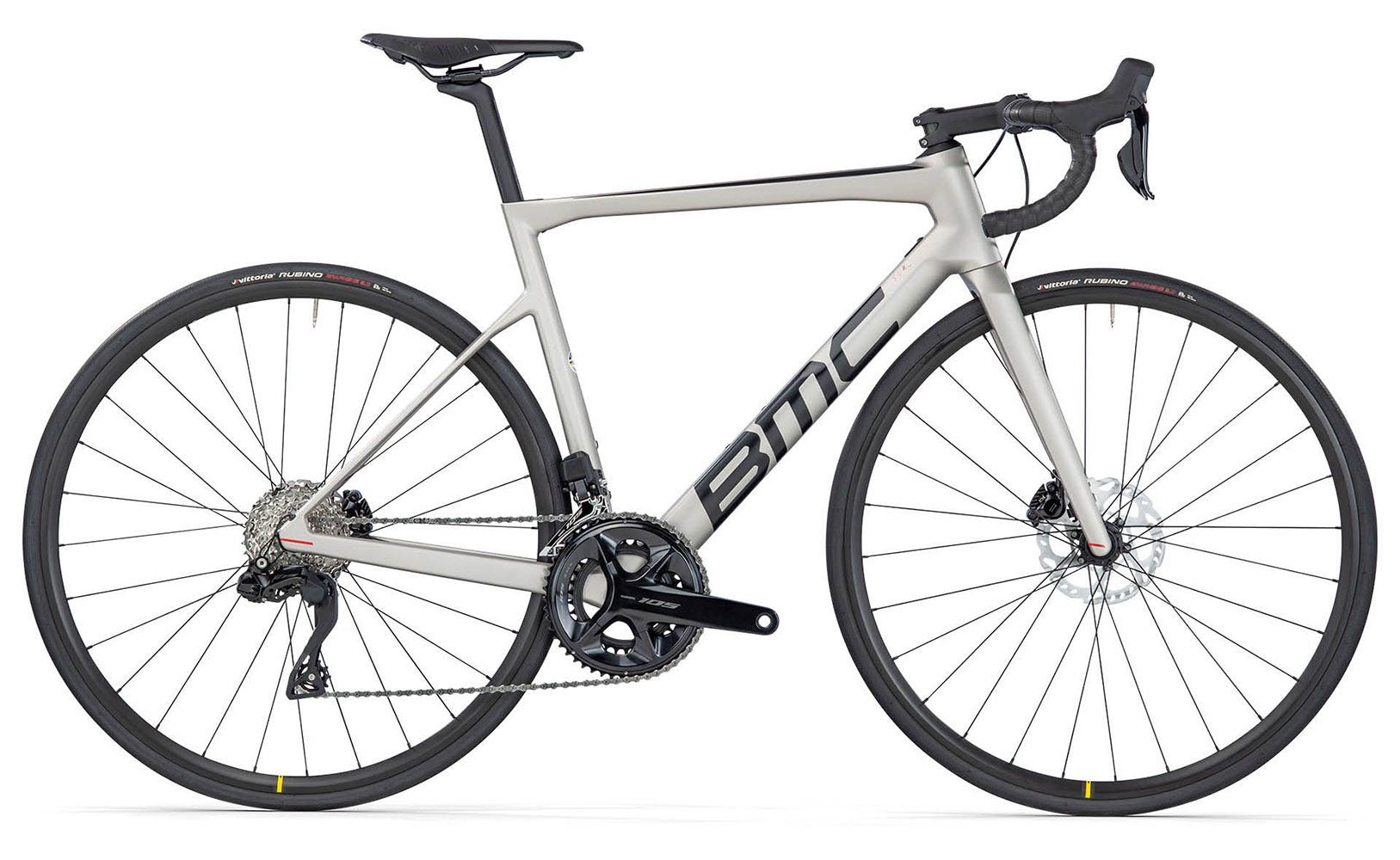Choosing the correct bicycle size is essential for comfort, performance, and preventing injury. However, with various bicycle types and sizing standards, understanding how to measure bicycle size can be complex. Consequently, knowing the proper techniques and considerations ensures you select the right bicycle. Therefore, this comprehensive guide explores different sizing methods, the importance of frame size, factors influencing proper fit, and practical tips for determining your ideal bicycle size. By delving into these aspects, you can confidently find a bicycle that suits your needs perfectly.
Understanding Different Sizing Standards
Bicycle sizing varies based on different standards and the type of bicycle. Understanding these varying standards helps you make informed decisions when selecting a bicycle. Therefore, exploring the different sizing standards is essential.
Road Bikes
Road bikes typically use frame size measured in centimeters, based on the length of the seat tube from the center of the bottom bracket to the top of the seat tube. Sizes generally range from 48 cm to 62 cm. Additional measurements, such as top tube length and standover height, are important for ensuring a proper fit. By understanding road bike sizing, you can choose a frame size that aligns with your body dimensions and riding style. Therefore, recognizing the importance of accurate road bike sizing is crucial.

Mountain Bikes
Mountain bikes usually use frame size measured in inches, based on the length of the seat tube from the center of the bottom bracket to the top tube or top of the seat tube. Common sizes range from 13 inches to 23 inches. Some brands may use small, medium, large, and XL designations. In addition to frame size, standover height and reach are critical factors for ensuring comfort and control. By understanding mountain bike sizing, you can select a frame that provides stability and maneuverability. Therefore, recognizing the significance of proper mountain bike sizing is essential.
Hybrid and Commuter Bikes
Hybrid and commuter bikes often use a combination of both centimeter and inch measurements, or size designations such as small, medium, and large. These bikes are designed for versatility, accommodating various riding conditions. Important measurements include frame size, standover height, and handlebar reach. By understanding hybrid and commuter bike sizing, you can find a bike that offers comfort and practicality for daily use. Therefore, recognizing the importance of versatile bike sizing is crucial.
Measuring Key Dimensions for Bicycle Fit
Measuring key dimensions ensures you select a bicycle that fits your body and riding style. Understanding these measurements helps you tailor your bike choice to your needs. Therefore, exploring how to measure key dimensions is essential.
Measuring Your Inseam
Your inseam length is a vital measurement for determining the correct bicycle size. To measure your inseam:
- Stand with your back against a wall, feet about 6 inches apart.
- Place a book or similar object between your legs, simulating a bicycle saddle.
- Measure from the floor to the top of the book.
- Record the measurement in centimeters or inches.
This measurement helps determine the standover height and frame size for various types of bikes. By understanding how to measure your inseam, you can accurately gauge the appropriate bicycle size. Therefore, recognizing the importance of inseam measurement is crucial.
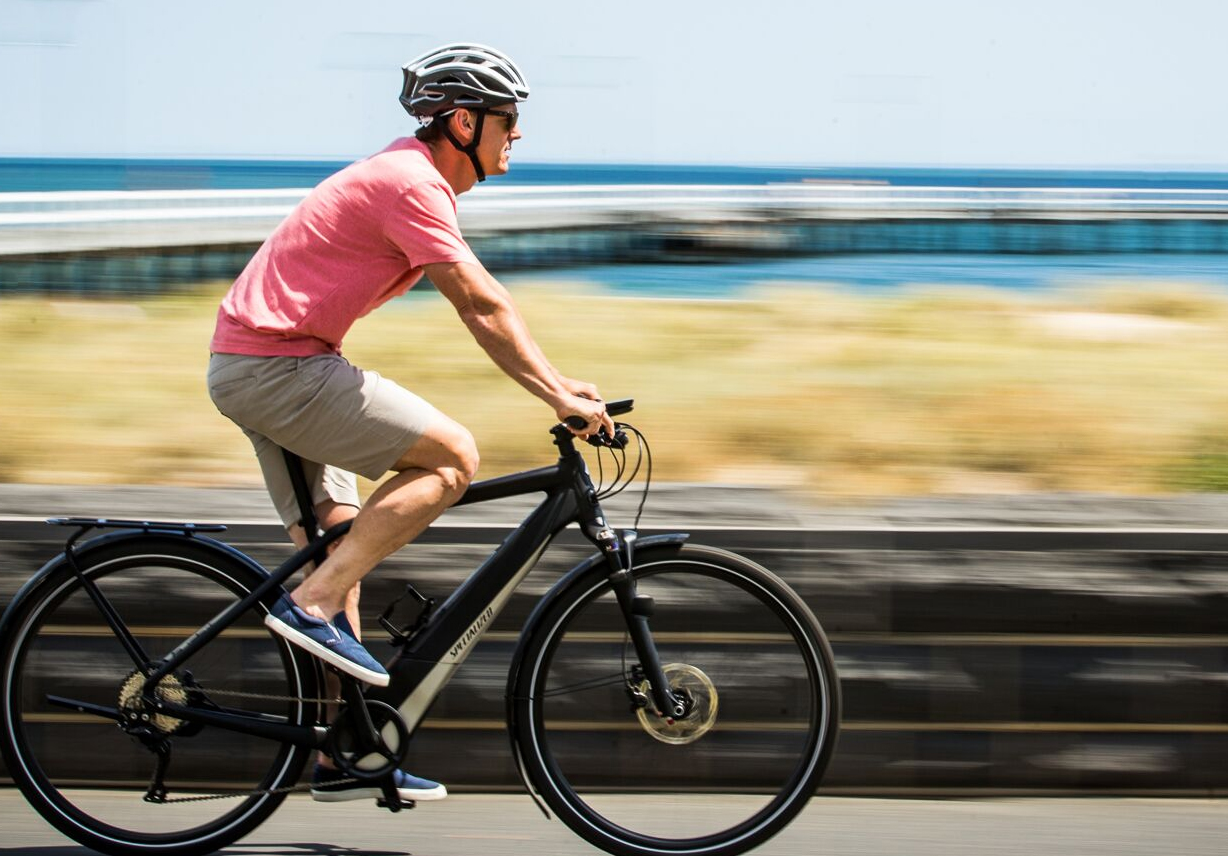
Determining Standover Height
Standover height is the distance from the top tube to the ground and is critical for safety and comfort. To check standover height:
- Straddle the bike, with your feet flat on the ground.
- Ensure there is a 1 to 2-inch clearance between the top tube and your groin.
- Adjust this clearance based on the type of bike (less clearance for road bikes, more for mountain bikes).
By understanding how to determine standover height, you can ensure you have enough clearance to dismount safely. Therefore, recognizing the importance of standover height is essential.
Measuring Top Tube Length
Top tube length determines your reach and overall riding posture. To measure top tube length:
- Measure from the center of the head tube to the center of the seat tube.
- Consider both effective top tube (horizontal measurement) and actual top tube (angled measurement, if applicable).
Top tube length affects your comfort and efficiency, ensuring you maintain a good balance between an upright and aerodynamic position. By understanding how to measure top tube length, you can achieve an optimal riding posture. Therefore, recognizing the significance of top tube measurement is crucial.
Factors Influencing Proper Bicycle Fit
Several factors influence the proper fit of a bicycle beyond frame size and basic measurements. Understanding these factors ensures a comprehensive approach to selecting the right bicycle. Therefore, exploring the factors influencing proper bicycle fit is essential.
Rider Height and Proportions
Rider height and body proportions play a significant role in determining the suitable bicycle size. Taller riders generally need larger frames, while shorter riders require smaller frames. Additionally, individual body proportions, such as leg length versus torso length, affect the choice of frame size and geometry. Therefore, recognizing the significance of anthropometric data is crucial.
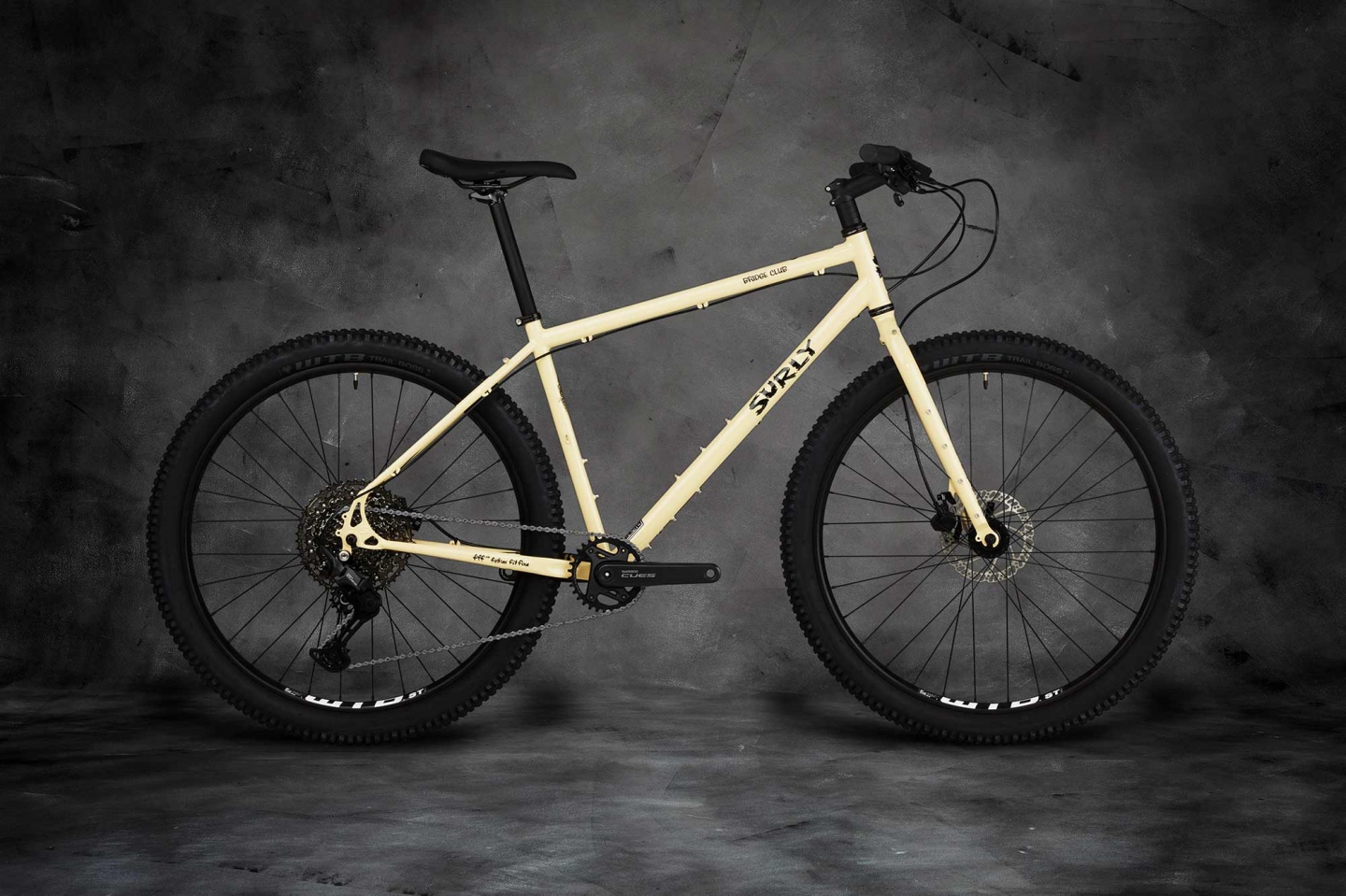
Handlebar and Saddle Adjustments
Handlebar and saddle adjustments significantly impact your comfort and efficiency on the bike. Proper handlebar height and reach ensure you maintain a comfortable and controlled riding position. Saddle height and position affect your pedaling efficiency and overall comfort. By understanding the importance of handlebar and saddle adjustments, you can fine-tune your bike fit for optimal performance. Therefore, recognizing the value of adjustable components is essential.
Riding Style and Purpose
Your riding style and purpose influence the type of bicycle and the appropriate fit. For example, aggressive road cyclists may prefer a lower, more aerodynamic position, while casual commuters might opt for a more upright and relaxed posture. Considering where and how you intend to ride helps tailor your bike selection and adjustments. By understanding the influence of riding style and purpose, you can choose a bicycle that aligns with your needs. Therefore, recognizing the importance of contextual use is crucial.
Practical Tips for Determining Your Ideal Bicycle Size
Determining your ideal bicycle size involves practical steps and considerations to ensure you select a bike that fits well and performs efficiently. Understanding these tips helps simplify the process. Therefore, exploring practical tips is essential.
Test Riding Multiple Bikes
One of the most effective ways to determine your ideal bicycle size is by test riding multiple bikes. Visit your local bike shop and try different models and sizes. Pay attention to how each bike feels in terms of comfort, handling, and responsiveness. Test rides provide valuable insights into the bike’s fit and performance, helping you make an informed decision. By understanding the benefits of test riding, you can ensure you select a bike that feels right. Therefore, recognizing the value of firsthand experience is crucial.
Consulting Bike Fit Experts
Consulting bike fit experts can provide personalized recommendations and adjustments for your bike. Many bike shops offer professional fitting services, where experienced technicians use advanced tools and techniques to measure and adjust your bike for optimal fit. A professional bike fit can enhance your comfort, efficiency, and overall riding experience. By understanding the importance of expert consultation, you can achieve a customized bike fit that meets your specific needs. Therefore, recognizing the benefits of professional fitting is essential.
Using Online Sizing Tools
Online sizing tools and calculators can provide a helpful starting point for determining your ideal bicycle size. Many bike brands and retailers offer interactive tools where you input your measurements, riding style, and preferences. These tools generate size recommendations based on algorithmic calculations. While not a substitute for a test ride or professional fitting, they can guide your initial selection process. By understanding the utility of online sizing tools, you can leverage technology to simplify your bike search. Therefore, recognizing the importance of digital resources is crucial.
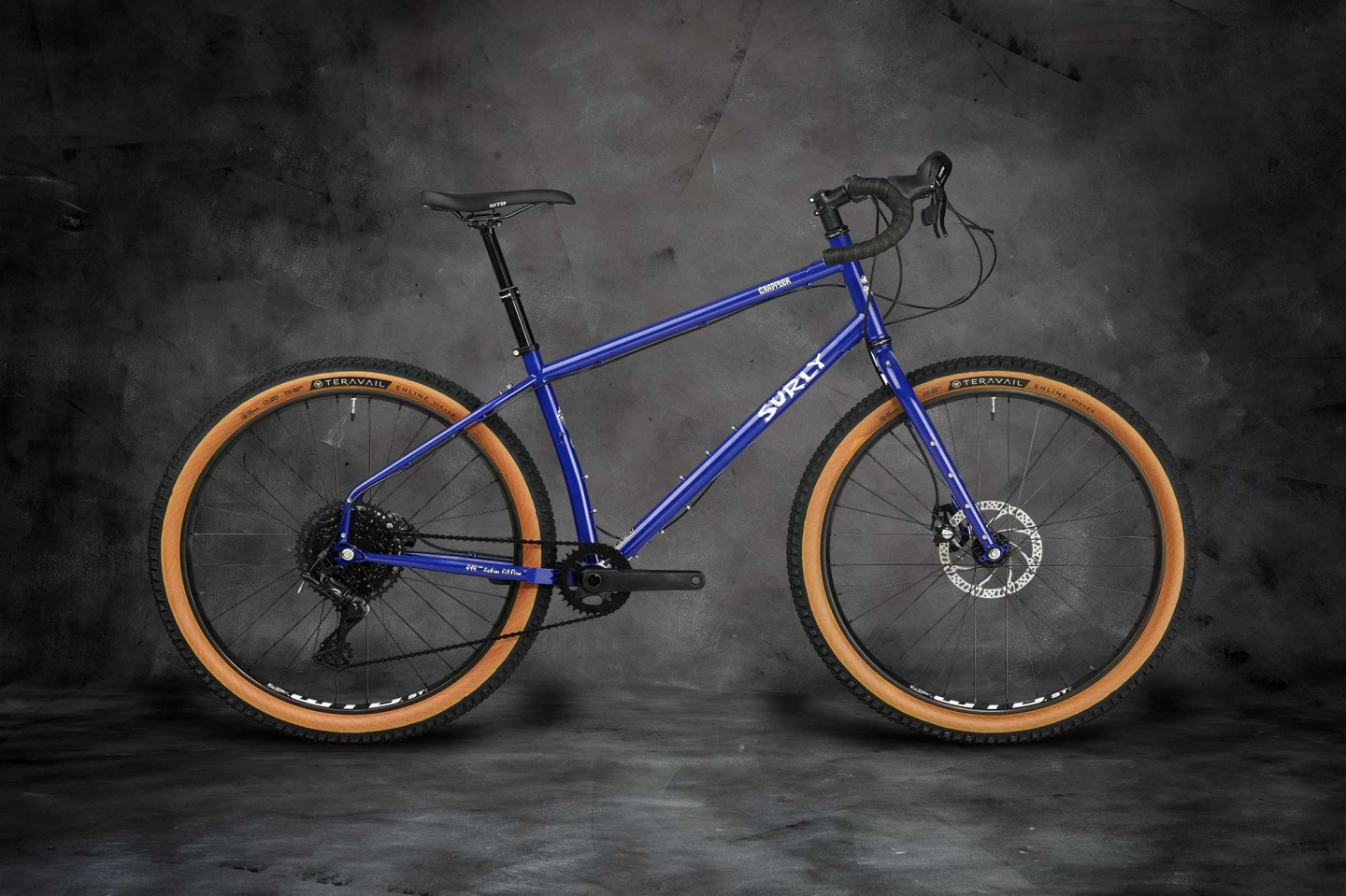
Addressing Common Questions About Bicycle Sizing
Understanding common questions about bicycle sizing provides additional clarity and helps navigate the sizing process. Knowledge of these answers ensures better preparation. Therefore, exploring common questions is essential.
How Do I Know If My Bike Is the Right Size?
A common question is how to determine if your bike is the right size. Check for key indicators such as comfortable reach to the handlebars, a proper standover height, and efficient pedaling. If you experience discomfort, difficulty reaching controls, or inefficiency, the bike may not be the right size. By understanding these signs, you can evaluate your bike fit effectively. Therefore, recognizing the importance of comfort and control is crucial.
Can I Adjust a Bike That Is Slightly the Wrong Size?
Another common question is whether adjustments can fix a bike that is slightly the wrong size. While minor adjustments to the saddle height, handlebar position, and stem length can improve fit, they cannot compensate for a fundamentally incorrect frame size. Significant size discrepancies may require a different bike. By understanding the limitations of adjustments, you can make more informed decisions. Therefore, recognizing the importance of correct frame size is essential.
Addressing Common Misconceptions About Bicycle Sizing
Addressing common misconceptions about bicycle sizing provides accurate information and dispels unwarranted concerns. Clearing up misunderstandings ensures an informed perspective. Therefore, exploring common misconceptions is important.
Misconception: One Size Fits All
A common misconception is that one bicycle size fits all riders. In reality, each cyclist requires a bike size tailored to their unique body dimensions and riding style. Personalized sizing ensures comfort, efficiency, and safety. By understanding the necessity of individual sizing, you can appreciate the value of a custom fit. Therefore, dispelling this misconception highlights the importance of personalized measurements.
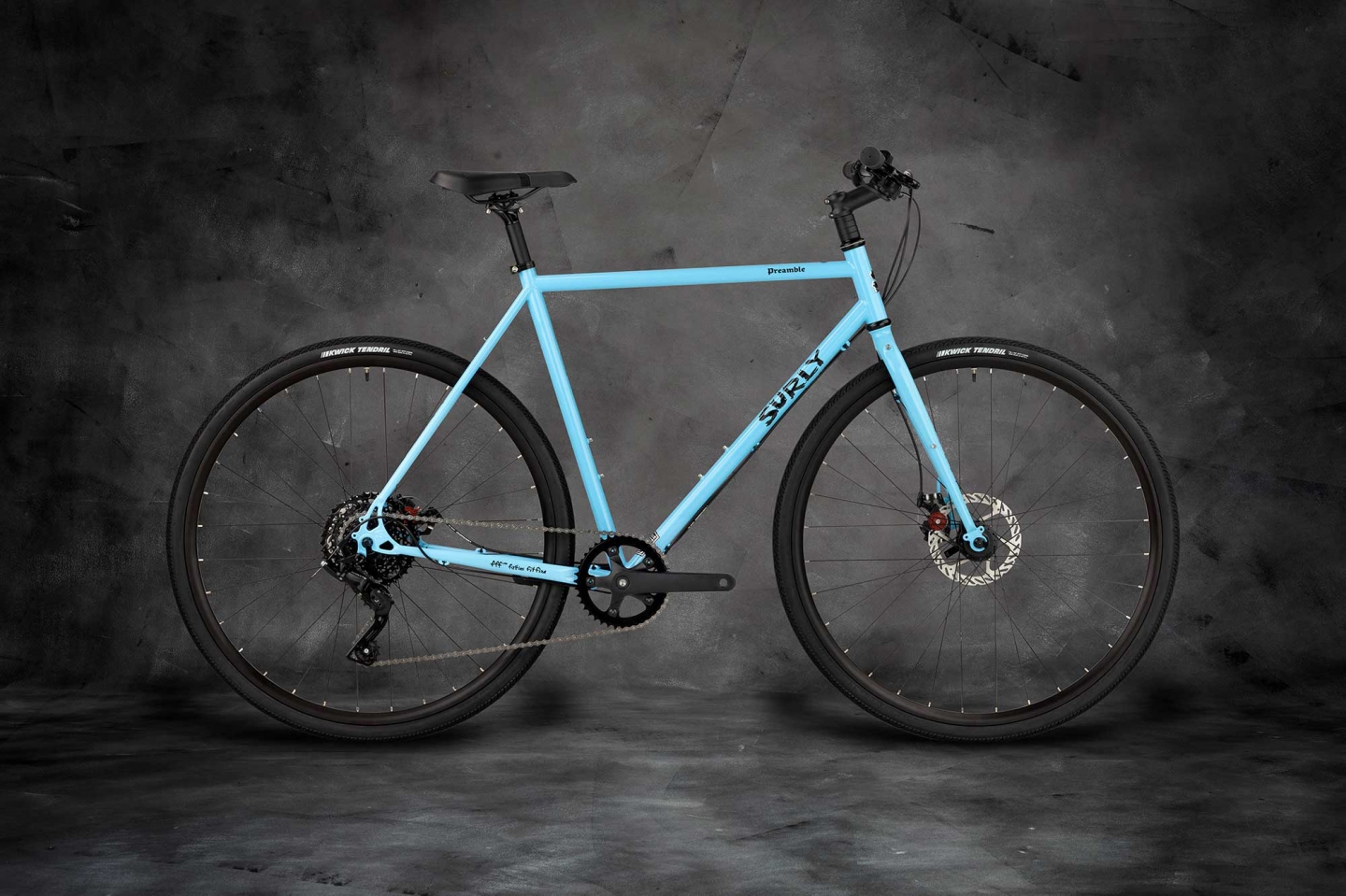
Misconception: Bigger Bikes Are Always Better
Another misconception is that bigger bikes are always better for performance. While larger frames might seem advantageous for speed or power, an improperly sized bike can compromise comfort and efficiency. The ideal bike size balances proportional fit and performance needs. By understanding the risks of oversized bikes, you can prioritize proper sizing. Therefore, dispelling this misconception emphasizes the importance of correct sizing.
Conclusion: Achieving Perfect Bicycle Fit
Achieving the perfect bicycle fit involves understanding different sizing standards, measuring key dimensions, and considering factors influencing proper fit. Proper preparation, including test rides, expert consultations, and using online tools, ensures you select a bike that fits well and performs efficiently.
Exploring critical aspects such as rider height, handlebar and saddle adjustments, and addressing common questions and misconceptions provides comprehensive knowledge and practical understanding. Recognizing the importance of tailored measurements and adjustments enhances overall comfort and satisfaction with your bike choice.
By engaging with these elements, you can confidently find a bicycle that suits your body and riding style, ensuring a comfortable, enjoyable, and efficient cycling experience. Therefore, whether you are a seasoned cyclist or a newcomer, understanding how to measure bicycle size offers practical and valuable insights. Embrace the opportunity to optimize your bike fit, knowing you have the knowledge and resources to make informed choices!
